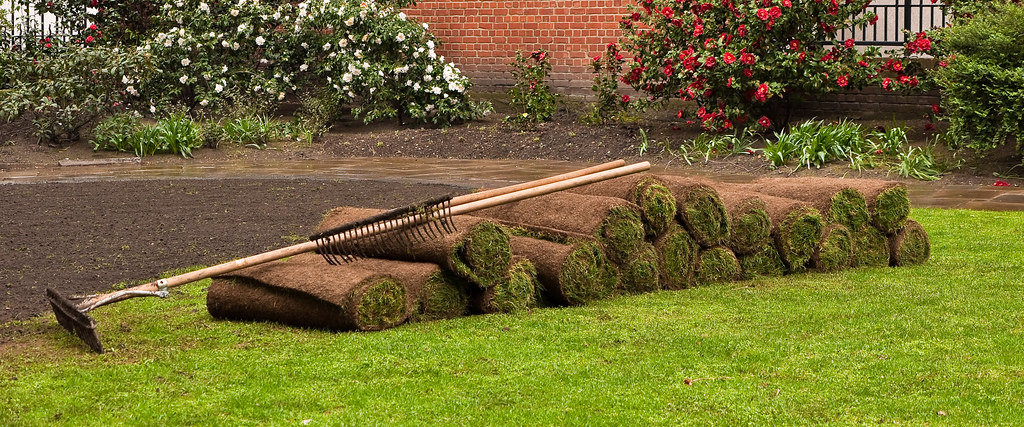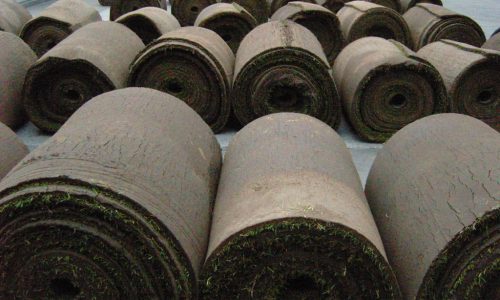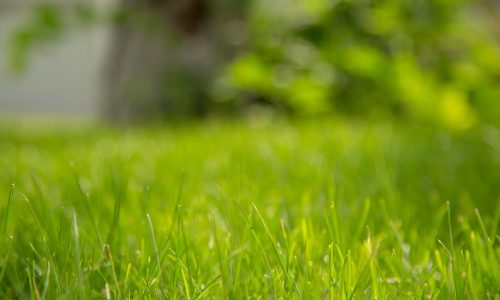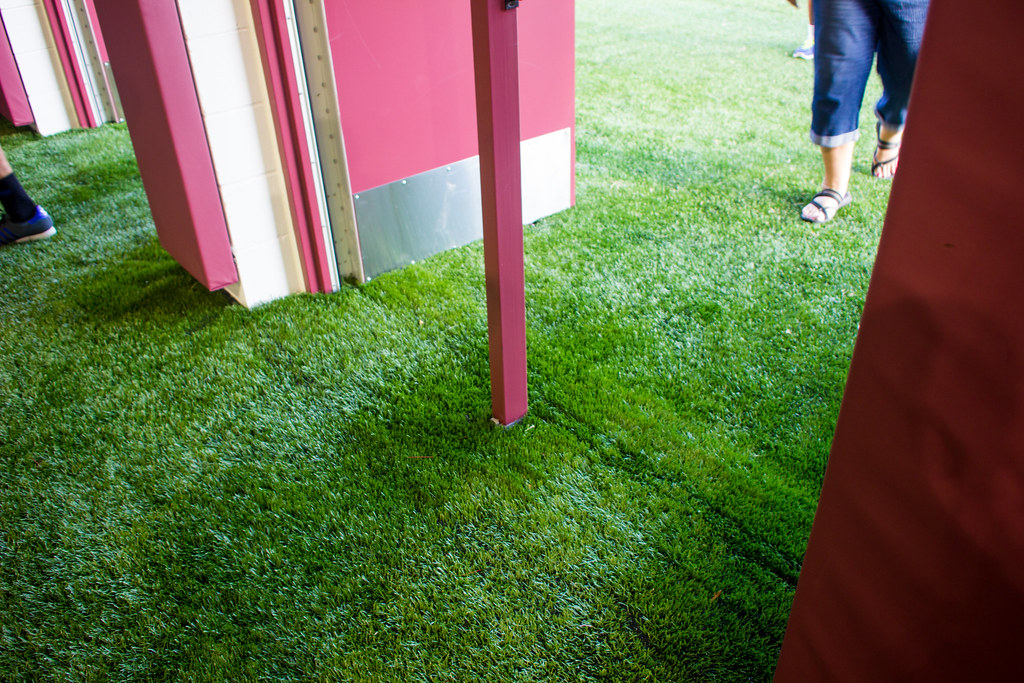Sod, also known as turf, is a popular choice for homeowners looking to achieve a lush and green lawn quickly. However, proper care and installation are crucial to ensure the longevity and health of your sod. In this guide, we will show you how to take care of and install sod properly. We’ll give you helpful tips and advice to make sure your lawn looks great and stays healthy.
Turf, also known as sod, is grass cultivated by professionals, harvested, and then installed in your garden.
In this section, we will delve into the topic of sod. Numerous varieties of sod are available Compared to seeds, sod is a superior choice for your lawn.

Before laying sod, it’s important to prepare the soil correctly for the new grass to grow and thrive. One of the essential steps in this process is conducting a soil test. Soil testing is crucial as it reveals your soil’s state, such as pH, nutrients, and organic matter.
Test soil to see if it needs improvement before putting down sod. The test results will show if the soil is too acidic or alkaline, which can impact the grass’s nutrient absorption. Additionally, it will identify any nutrient deficiencies or excesses that may hinder the growth of the new turf.
Based on the soil test results, you can then proceed to make the necessary amendments to enhance the soil quality. To balance the soil, you can add lime to increase pH if it is too acidic. you can add sulfur to decrease pH if it is too alkaline. You might have to add organic matter like compost or manure to make the soil better for drainage, nutrients, and structure.
Before putting down grass, clear the area, remove plants and add soil improvements. This step ensures that the new turf has a clean and weed-free environment to establish itself. To clear the area, you can remove grass, weeds, and unwanted plants by digging them out or using herbicides.
Preparing soil and clearing area before laying sod creates a strong base for a healthy lawn. Test soil, add amendments, remove plants, create good environment for new grass to grow well. This preparation work significantly increases the chances of a successful sod installation and long-term lawn health.


Proper installation is crucial for the success of your sod. We will assist you in measuring and ordering the appropriate amount of sod.
To ensure a successful sod installation, we will begin by preparing the area thoroughly. This involves leveling the ground and grading it to create a smooth and even surface. By doing so, we can eliminate any bumps or unevenness that may affect the final appearance of the sod.
Once the area is properly prepared, we will proceed with laying the sod using the appropriate techniques. This means putting each piece of sod in a zigzag pattern, making sure the edges fit tightly. By doing so, we can create a seamless and uniform look for the sod.
To further enhance the overall appearance of the sod, we will also focus on seaming and edging. Seaming involves joining individual pieces of sod together, ensuring that they blend seamlessly and create a cohesive look. Areas that require particular importance need multiple pieces of sod.
In addition, we will pay attention to edging, which involves creating clean and defined borders around the sodded area. To achieve this, use special tools to cut the edges of the grass, making sure they match the nearby landscape. By doing so, we can create a polished and professional finish for the sod installation.
Our way of laying sod involves preparing the area, using careful techniques, and focusing on seams and edges. By following these steps, we can make sure the grass looks good and creates a strong, lasting lawn.

Watering is a critical aspect of sod care. In this part, we will discuss watering your new sod.
We will discuss how to water it properly, including the amount and frequency. We will also address the importance of setting a watering schedule and avoiding over or under watering.
Proper fertilization is essential for maintaining the health and appearance of your sod. In this section, we will provide you with valuable information on how to fertilize your sod effectively.
After you set up and settle your sod, it’s crucial to regularly mow and maintain it to ensure its health and vibrancy. Here are some suggestions to assist you in taking care of your sod:
